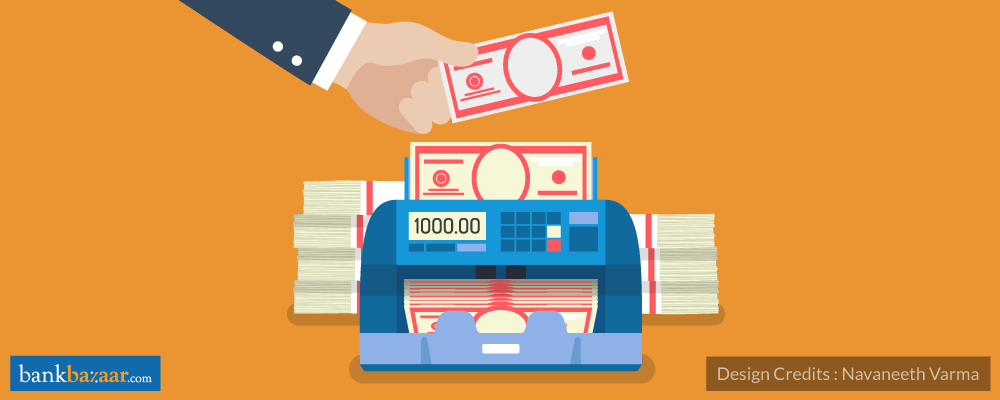The Financial Resolution and Deposit Insurance Bill (FRDI Bill) is largely aimed to protect and prevent financial institutes from failing. Learn more.

The Financial Resolution and Deposit Insurance Bill, 2017 now popularly known as the FRDI Bill, created a massive frenzy especially across social media platforms as the public at large started to worry deeply for their life-long savings. While some called it unfair, some termed it hasty, but few understood the larger implications of the bill, which is yet to hit the floor of the houses.
As the joint committee mulls over the bill, as they got an extension for submitting its report, let’s try and decode what the bill entails and why it is not entirely correct to freak out over its implications on your personal finances.
The Purpose
The draft code has been in the works for almost five years. It essentially calls for a resolution corporation which will monitor financial companies, categorise them as per their risk profiles, and step in to prevent them from going bankrupts by writing down their liabilities. For a mixed economy and a largely regulated financial market like ours, it shouldn’t come as a surprise that the government has been mulling ways to prevent any financial emergency situation from arising. And the bill primarily seeks to address that.
The need for such specific regulation has risen following the 2008 financial crisis. Then, we had witnessed a large number of high-profile bankruptcies. Our laws and regulations have been formulated in a manner that doesn’t give full control to private financial entities. Still, there is a dire need to protect such institutions from failing in future.
Decoding FRDI Bill’s Clauses 52 – The Bail-In Factor
Although the proposed bill has a lot of clauses, the primary fear stems from clause 52. This mentions that a depositor’s money, among other things, can also be used in the resolution mechanism for banks. The clause gives the Corporation the power to carry out bail-in as a method of resolution. This can be either through a bail-in instrument or a scheme made specifically for this purpose.
A bail-in is different from what happened in US during the financial crisis in 2008. That incident called for a bail-out where the government with taxpayer’s money saved many financial entities on the verge of bankruptcy. The most popular instance of a bail-in can be traced back to the 2012-13 banking crisis in Cyprus where a bail-in of a proportion of bank deposits over a threshold took place.
But there’s a stark difference here. Cyprus resorted to the method during a financial emergency. What the government has proposed in India is to prevent crisis and asking banks to build up loss-absorbing capacity. We have seen the worrying non-performing asset (NPA) numbers of some of the large banks. So, there is a dire need to establish a process to monitor risks better. And allow companies to fail in a controlled manner instead of ad-hoc processes.
Safety Net for Depositor’s Money
As of now, bank deposits in India are insured by the Deposit Insurance and Credit Guarantee Corporation (DICGC). DICGC was set up in 1961. The amount insured by DICGC per depositor in a respective bank currently stands at Rs. 1 lakh since 1993. While most small depositors in the country who have savings of less than Rs. 1 lakh are already protected through this mechanism, post demonetisation a lot of bank deposit amounts have gone up.
To ensure that higher deposits get fair protection, a new resolution corporation may replace DICGC. And they would set up a new deposit insurance limit that is likely to exceed Rs. 1 lakh. This should help cover a very large number of depositors. Additionally, bailing-in through depositor’s savings is just one of the options in the bail-in clause and not the only, so chances are it may be the last resort.
Encouraging Smarter Money Moves
The idea that bank deposits can be at risk should encourage common man to seek diverse investment options. In fact, the government has been promoting this drive for years now by discouraging traditional assets buying of gold and earning interest just through Savings Accounts and Fixed Deposits. By investing in Mutual Funds, bonds, equity, PPF, and real estate—a mix of diverse asset classes that offer varying rates of return—individuals can secure a smarter investment portfolio.
The writer is CEO, BankBazaar.com is a leading online marketplace in India that helps consumers compare and apply for Credit Card, Personal Loan, Home Loan, Car Loan, and insurance.